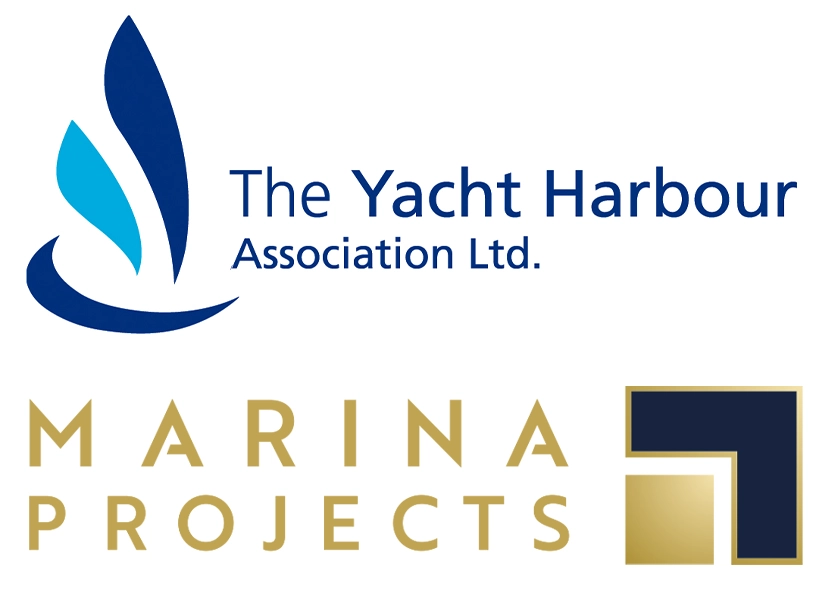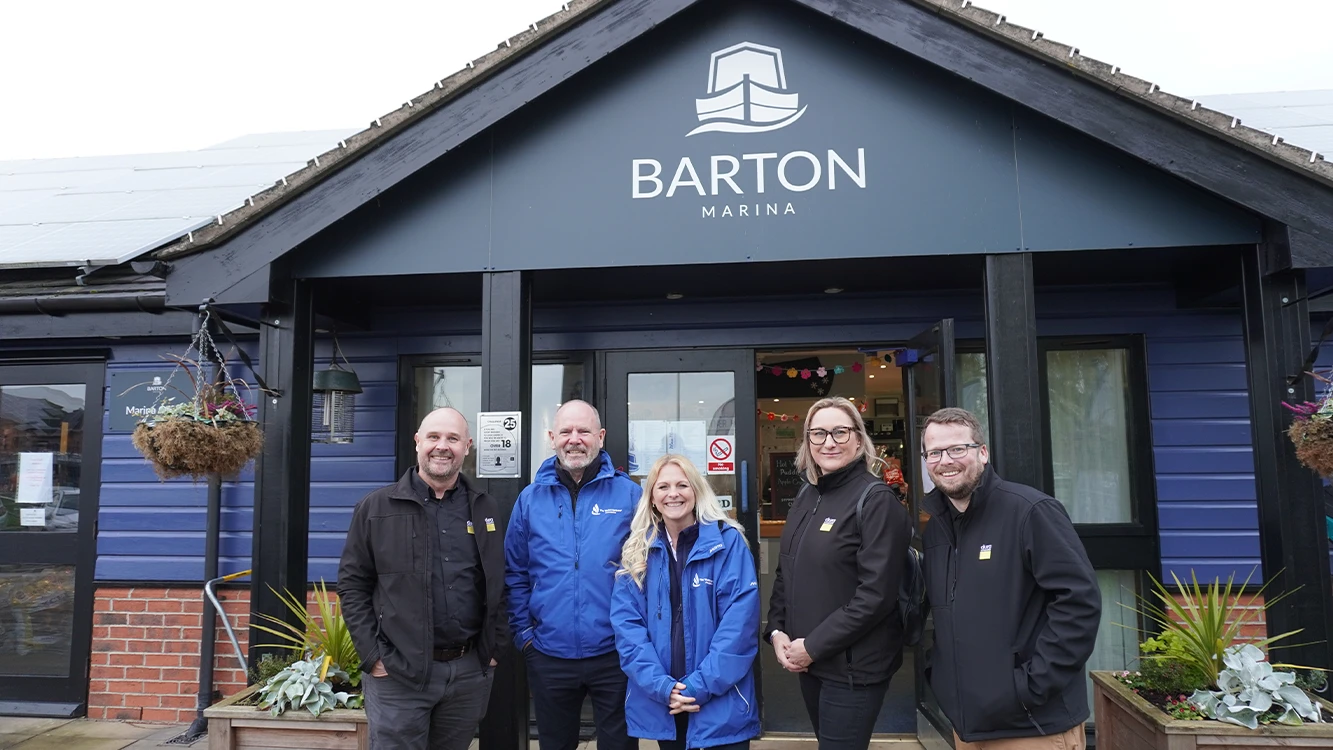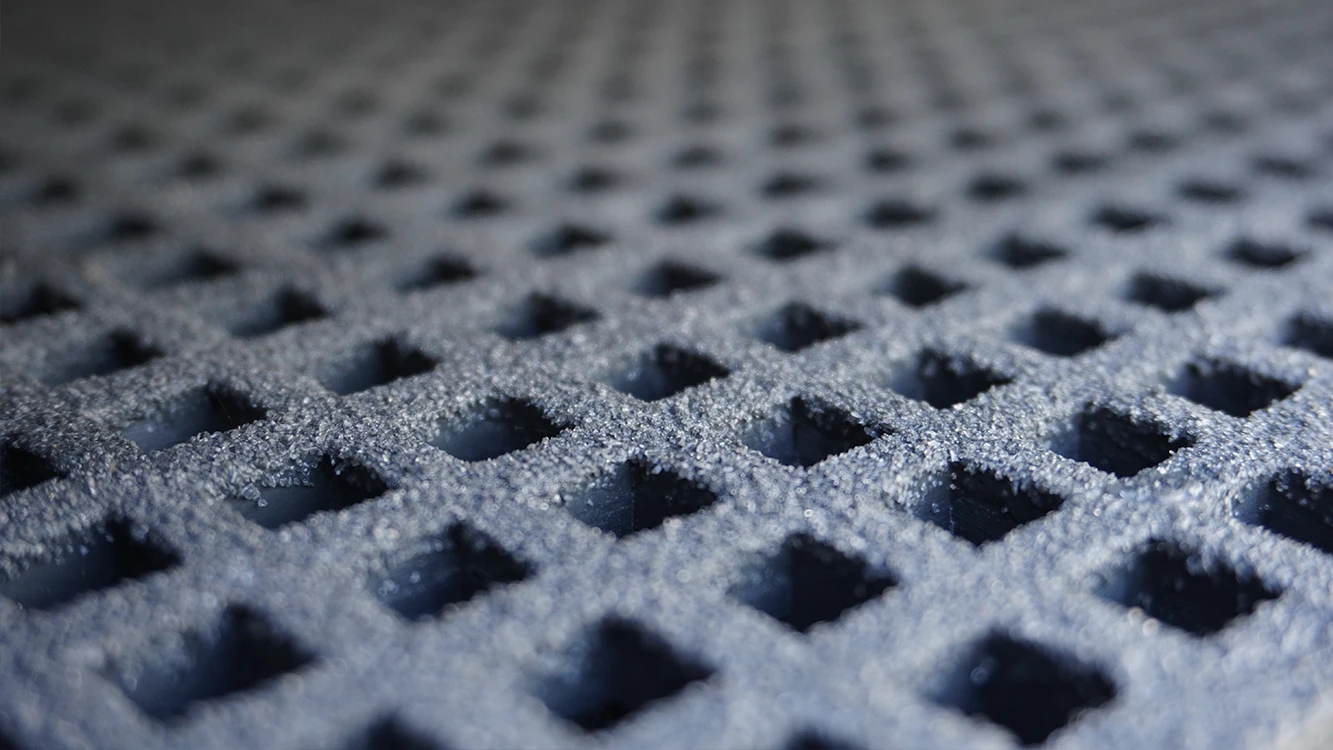A Milestone for Safer, Greener Marinas
The Yacht Harbour Association (TYHA) has officially launched the 8th edition of its Code of Practice (CoP) — a landmark update for marina design, construction, and operation unveiled at the World Marina Conference in Venice.
First published in 1977, the CoP has been the trusted guide for marina professionals for nearly five decades. The 2026 edition reflects the fast-changing demands of the sector, with updated guidance on areas such as regulatory requirements and sustainability, safety, and social responsibility.
The revised document has been created with the assistance of leading international marina design experts, Marina Projects Ltd. It will be available in early 2026 and aligns with international standards including ISO 9001 (quality), ISO 14001 (environmental), and ISO 45001 (health & safety), giving marina operators a clear benchmark for excellence.
Dura Composites Welcomes TYHA’s Vision
Dura Composites has welcomed the new CoP, particularly its strong focus on sustainability, recyclability of materials, and enhanced safety provisions.
TYHA’s updated Code of Practice sends a clear message: safety and sustainability are not optional extras, but core responsibilities for everyone involved in marina design and operation. We’re pleased to see recyclability of materials being recognised alongside the in-built safety features of modern products such as slip resistance. These considerations are essential for future-proofing marinas and safeguarding their users.
Putting Guidance into Practice
The Code also highlights the importance of measurable safety performance. For walking surfaces, Dura Composites encourages marina designers, owners and operators to pose key questions including:
- Has the surface been tested to BS 7976-2:2002+A1:2013?
- What is the pendulum test value (PTV) in wet conditions?
- How does the anti-slip performance hold up over time?
These are not just technical details but fundamental to protecting users and ensuring marinas are safe and accessible in all weather conditions.
The principles set out in the CoP are already shaping real-world projects. At Farndon Marina, switching to low-carbon composite grating cut embodied carbon by over 37 tonnes of CO₂e — the equivalent of planting 1,700 trees — while delivering proven slip resistance and faster, safer installation.
At MDL Marinas, the use of d² Dura Grating resulted in an embodied carbon saving of 215,501kg CO₂e compared to standard GRP grating available elsewhere in the industry. That’s the equivalent of 636 flights from London Heathrow to Dubai, or 9,796 mature trees sequestering carbon for an entire year — a powerful demonstration of how smart material choices can drive measurable environmental impact.
Similar results have been achieved at Kip Marina, Lakeland Leisure, ABC Leisure Group and Shepperton Marina.
Spotlight on Safety Ladders: Compliant Access and Emergency Rescue
Among the practical updates in the new Code is comprehensive guidance on the deployment of safety ladders — a critical feature for self-recovery in the event of a fall into the water.
TYHA now recommends consistent spacing of safety ladders, projecting a minimum of 350mm above deck height for easy grab access.
Additional considerations include:
- Material and design that aid visibility and identification — such as high-contrast colours
- Durability against corrosion, UV exposure and saltwater
- Electrical safety, especially near shore power supplies
Too often, these features are missing, degraded or unsuitable for marine environments — putting users at risk.
The d² Advantage: Dura’s d² GRP safety ladders are non-corrosive, electrically non-conductive, lightweight, and brightly coloured for visibility. They’re designed to meet TYHA’s safety and projection guidelines and are available from stock for rapid deployment.
A Collaborative Step Forward
The launch of TYHA’s Code of Practice marks an important milestone for the marina sector worldwide. By embedding recyclability, slip resistance, safety, and whole-life sustainability into one trusted guide, TYHA has provided a vital compass for future-ready marina development.
As a long-term supporter of TYHA’s mission, Dura Composites looks forward to working with operators, designers and contractors to bring these principles to life — ensuring marinas remain safe, sustainable and welcoming destinations for years to come.




